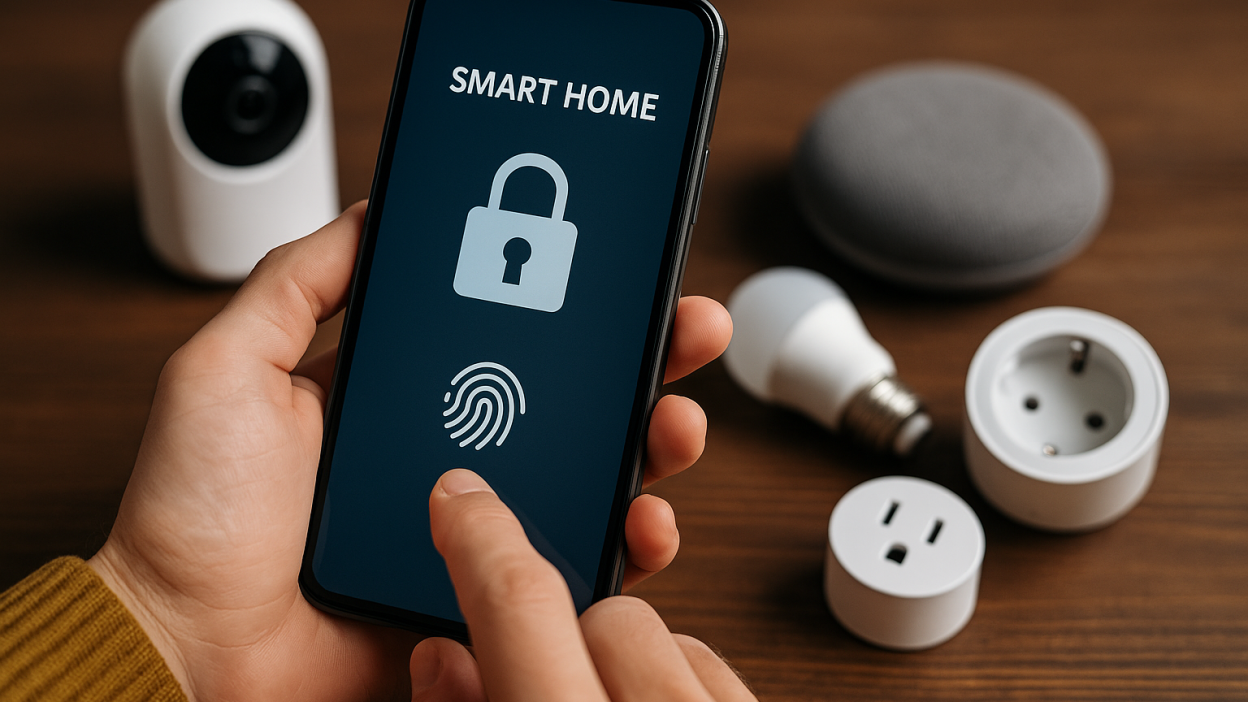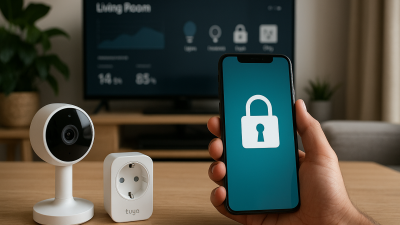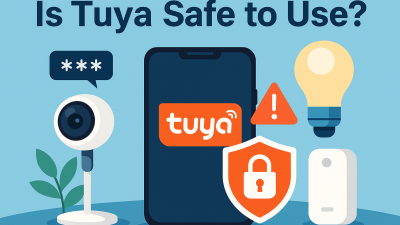Smart home devices bring convenience and control, but they also introduce potential vulnerabilities. As Tuya-powered devices become increasingly popular, securing them properly is essential to protect your data, privacy, and home environment. In this article, we’ll explore best practices to secure your Tuya smart home setup in 2025.
1. Set Strong and Unique Passwords
Using default or weak passwords is one of the biggest risks in any smart home setup. Make sure to:
- Set a strong, unique password for your Tuya or Smart Life account.
- Avoid reusing passwords across platforms.
- Use a password manager to keep track of secure credentials.
2. Enable Two-Factor Authentication (2FA)
Tuya supports two-factor authentication, which adds an extra layer of protection to your account. Even if someone obtains your password, they won’t be able to access your account without the second factor.
3. Keep Apps and Devices Updated
Always update your Tuya/Smart Life apps and smart device firmware. Manufacturers release security patches that close known vulnerabilities. Set apps to auto-update where possible and check your devices for firmware updates regularly.
4. Secure Your Wi-Fi Network
Most smart devices connect via Wi-Fi, so your home network is the first line of defense:
- Change the default router login credentials.
- Use WPA3 (or WPA2 at minimum) encryption for your wireless network.
- Consider setting up a separate guest network for smart devices.
5. Review App Permissions
Be cautious about the permissions you grant within the Tuya app and third-party integrations. Only enable what is necessary for functionality and avoid giving unnecessary access to cameras, microphones, or personal data.
6. Monitor Connected Devices
Periodically review your list of connected devices in the app. Remove any unfamiliar or unused devices, and immediately investigate suspicious activity.
7. Avoid Public Wi-Fi When Managing Devices
When configuring or accessing your Tuya devices remotely, avoid public Wi-Fi networks. Instead, use a secure VPN if necessary or rely on your mobile connection.
8. Disable Unused Features
If a device offers features like remote access or voice control that you don’t use, disable them. Minimizing active services reduces the potential attack surface.
By following these best practices, you can enjoy the convenience of a Tuya-powered smart home without compromising on security or privacy. A few minutes of setup can save you from major issues down the road.



